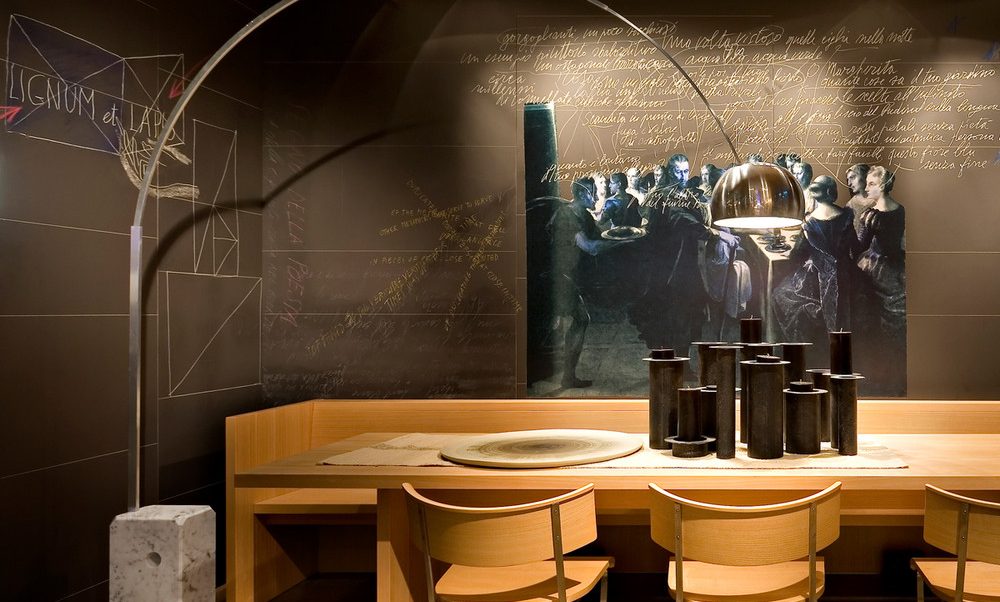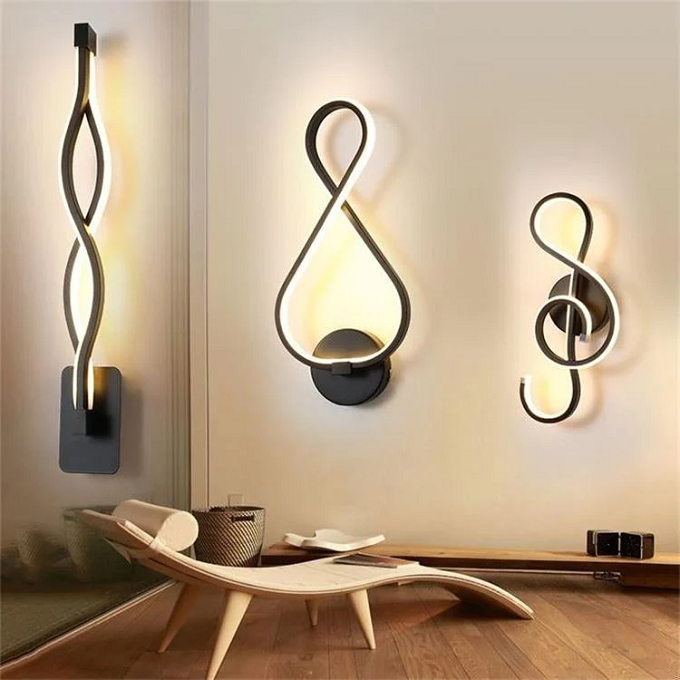Introduction
Lighting is an essential part of any computer vision (CV) system. It plays a critical role in allowing cameras to capture clear, high-quality images that can then be used for a wide range of applications. This article will provide a comprehensive guide to CV lighting, covering everything from the basics of lighting and its impact on image quality to the different types of lighting available for CV applications.
Basics of CV Lighting
The fundamental purpose of CV lighting is to provide illumination to an object in a way that avoids shadows, glare or other unwanted effects that may distort or obscure the object’s features. Good CV lighting is essential for enabling accurate and reliable image analysis, which is critical for many applications. Some key considerations when it comes to CV lighting include the direction, intensity, uniformity and color of the lighting.
The Direction of Lighting
The direction of lighting can have a significant impact on the quality of the image captured by a CV system. Generally speaking, lighting should be positioned in such a way as to minimize the casting of shadows, as this can interfere with the detection or recognition of features in the image. Additionally, the direction of lighting can affect the visibility of certain parts of the object under examination.
The Intensity of Lighting
The intensity of lighting is another critical factor to consider when designing CV lighting systems. Insufficient lighting can lead to poor image quality due to low contrast, while overly bright lighting can lead to glare, which can obscure or distort the object being imaged. The ideal lighting intensity should be sufficient to provide good contrast without introducing unwanted glare or other distortions.
The Uniformity of Lighting
An often-overlooked aspect of CV lighting is the importance of uniform illumination. Non-uniform lighting can lead to distortions in the image, particularly in cases where there are significant variations in surface reflectance or color across the object being imaged. This can lead to errors or inaccuracies in image analysis.
The Color of Lighting
Finally, the color of lighting can also impact image quality, particularly in cases where color information is important for the application at hand. For example, in applications such as fruit grading or sorting, the color of lighting can strongly influence the perceived color of the fruit, which in turn can affect the accuracy of the grading or sorting process.
Types of CV Lighting
There are several types of lighting commonly used in CV applications, each with its strengths and weaknesses. Some of the most popular types of CV lighting include ambient lighting, backlighting, and diffuse lighting.
Ambient Lighting
Ambient lighting refers to natural or artificial lighting that is already present in the environment. This lighting can be used in CV applications to provide additional illumination to an object, particularly in cases where the existing light is insufficient.
Backlighting
Backlighting involves positioning the lighting source behind the object being imaged, thus illuminating the object from behind. The result is a well-lit object with little or no shadow or glare.
Diffuse Lighting
Diffuse lighting is another commonly used type of CV lighting, particularly in cases where uniform illumination is important. Diffuse lighting sources are positioned in such a way as to direct light evenly across the object being imaged, resulting in uniform illumination and minimal distortion.




